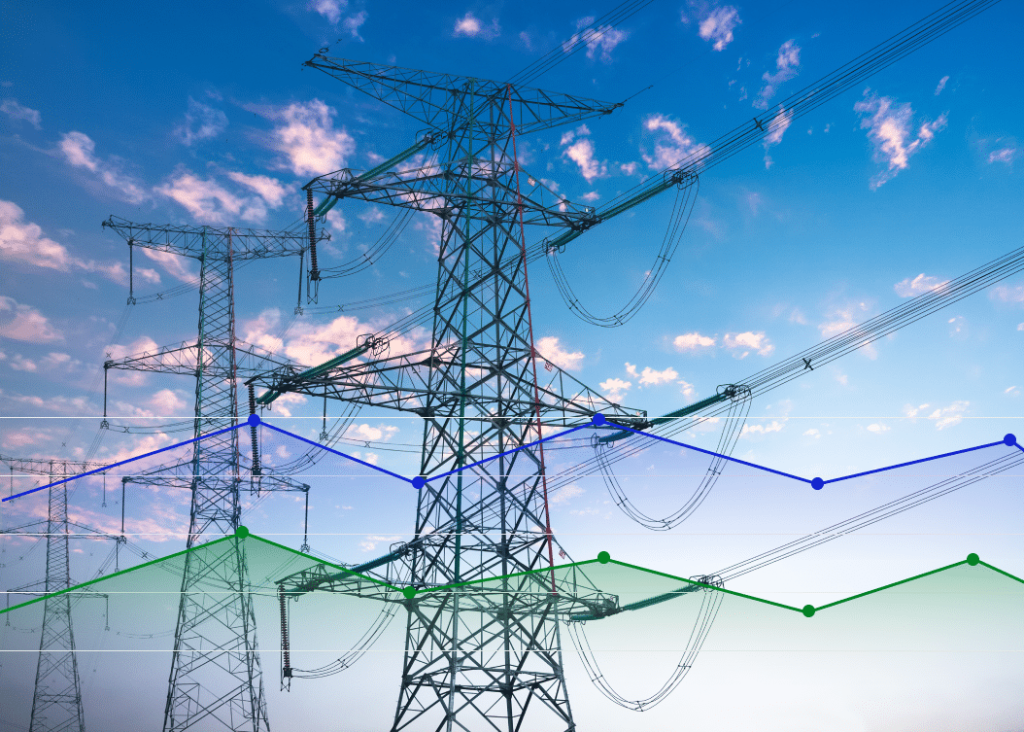The advent of the smart grid represents a groundbreaking shift in how electricity is generated, distributed, and consumed across the UK. By integrating advanced technologies, data analytics, and innovative communication methods, the smart grid is enhancing efficiency, reliability, and sustainability within the electricity distribution landscape. This transformative approach is redefining the energy sector, and its implications are profound for consumers, utilities, and the environment. Here’s a closer look at how the smart grid is reshaping the electricity distribution system in the UK.
1. Enhanced Communication
At the heart of the smart grid is its ability to facilitate two-way communication between utilities and consumers. Unlike traditional grids that operate on one-way information flow, smart grids enable real-time monitoring of electricity consumption and generation. This dynamic exchange of data allows utilities to balance supply and demand more effectively, leading to a more stable and efficient grid. For consumers, this means greater awareness of energy usage patterns and the ability to make informed decisions about their consumption habits.
2. Integration of Renewable Energy
As the UK places increasing emphasis on sustainability, the smart grid plays a crucial role in integrating renewable energy sources such as wind and solar power. These energy sources are often variable, depending on weather conditions. The smart grid equips utilities with the tools to manage these fluctuations, optimizing the integration of renewables into the overall energy mix. This not only supports the transition to a greener energy system but also helps reduce reliance on fossil fuels, contributing to the UK’s carbon reduction goals.
3. Improved Reliability
One of the significant advantages of smart grid technology is its ability to enhance the reliability of electricity distribution networks. Automated fault detection and response systems allow utilities to identify outages and issues much more quickly than traditional methods. By pinpointing problems in real time, utilities can reduce downtime and improve service reliability, ensuring that consumers have access to a stable electricity supply. This increased resilience is vital, particularly as the demand for electricity continues to rise.
4. Demand Response Programs
The smart grid also empowers consumers to take an active role in energy management through demand response programs. These initiatives encourage consumers to adjust their energy usage during peak demand periods in exchange for financial incentives. By participating in these programs, households can help flatten peak demand curves, reducing strain on the grid and potentially lowering their electricity bills. This not only benefits individual consumers but also promotes a more balanced and efficient energy system overall.
5. Energy Management Systems
Advanced metering infrastructure and home energy management systems provide consumers with detailed insights into their energy usage. With smart meters, households can track their consumption patterns and identify areas for potential savings. This data-driven approach encourages energy-saving behaviors and enables consumers to make more informed decisions about their electricity use. The result is a shift toward more responsible consumption, which benefits both the environment and consumers’ wallets.
6. Electric Vehicle Integration
The rise of electric vehicles (EVs) presents both challenges and opportunities for the energy sector. The smart grid supports the growing number of EVs on UK roads by managing charging demand and enabling vehicle-to-grid technologies. These technologies allow EVs to return stored energy back to the grid during peak periods, helping to stabilize the system. This integration not only promotes the adoption of cleaner transportation options but also optimizes the overall energy ecosystem.
7. Enhanced Cybersecurity
With increased connectivity and reliance on digital technologies, robust cybersecurity measures are essential. Smart grids are designed with advanced security protocols to protect against potential threats and ensure the integrity of the energy system. By prioritizing cybersecurity, utilities can safeguard sensitive data and maintain consumer trust, which is critical for the successful implementation of smart grid technologies.
8. Economic Benefits
The economic advantages of the smart grid are considerable. By optimizing operations and reducing energy waste, the smart grid enhances overall economic efficiency in electricity distribution. Utilities can achieve cost savings through improved operational practices, which can translate to lower electricity prices for consumers. This creates a win-win scenario where both providers and users benefit from a more efficient energy system.
Conclusion
In conclusion, the smart grid is fundamentally transforming the UK’s electricity distribution landscape by fostering a more sustainable, efficient, and resilient energy system. As technology continues to evolve and integrate further into our daily lives, the impact of the smart grid will be felt across all sectors. This transformation paves the way for a cleaner, more reliable energy future, enabling the UK to meet its energy needs while adhering to its sustainability goals. The journey toward a smarter grid is not just a technological upgrade; it’s a vital step toward a more sustainable and economically viable energy landscape for generations to come. To know more, Do Follow https://www.tripwire.com/state-of-security/uk-smart-grid-how-it-started-how-its-going
You can visit our blog https://utility7.com/powering-the-future-the-evolution-of-electricity-in-the-uk/

